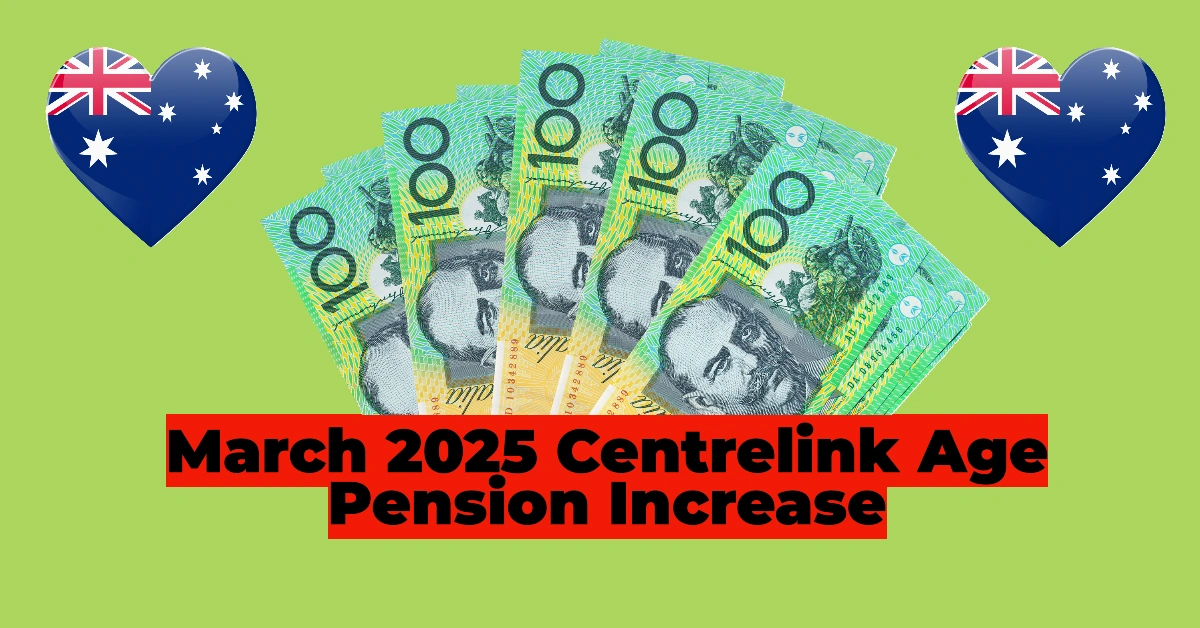While the Canadian dollar (loonie) saw a slight rebound on Thursday, it continues to trade at lows not seen since the pandemic era. This decline has raised concerns among economists and consumers alike, as the dollar weakens and leads to higher import costs.
Dollar Weakens 3% in October: A Significant Drop
In October, the Canadian dollar weakened by 3%, marking its largest monthly decline since September 2022. By the end of the month, it fell below 72 US cents for the first time in four years, down from the range of 72 to 76 cents that had been stable for most of the summer. Early on Wednesday, the dollar was valued at just 71.6 cents US, though it recovered slightly by Thursday afternoon, trading a little over 72 cents US.
What’s Driving the Canadian Dollar’s Decline?
Several factors have contributed to the loonie’s plunge, according to Ian Lee, a professor at Carleton University’s Sprott School of Business. One key factor is the gap between U.S. and Canadian interest rates. In addition, falling oil prices, Canada’s largest export, have also put pressure on the Canadian economy. The price of oil, which had peaked above $120 per barrel in 2022, had fallen to around $72.21 by Thursday afternoon, a significant drop.
The economic divergence between Canada and the U.S. is another major issue. Canada’s GDP is growing at only 1%, compared to the U.S. economy, which is expanding at 3%. This has led investors to view the U.S. as a more attractive destination for growth, further weakening the loonie.
Trade Policy Uncertainty and Its Impact on the Dollar
Uncertainty surrounding trade policies, including possible tariffs under former U.S. President Donald Trump’s administration, could worsen the loonie’s decline. Trump has indicated the possibility of imposing tariffs ranging from 10% to 20%, which could cause the Canadian dollar to fall even further. This concern highlights how external political factors can influence currency values.
Thousands of Americans Consider Relocating Abroad After Trump Win
How Trump’s Promises Could Influence Interest Rates in Canada
How Trump’s Victory Could Boost Canadian Banks: Key Lenders Set to Benefit
US Election 2024 Updates: Iowa Poll Shake-Up Harris Pulls Ahead of Trump
Higher Prices for Consumers
For Canadians, the weak dollar means higher costs for imported goods. From groceries and food products to electronics and everyday items, prices are set to rise. As Lee points out, “We buy food, we buy groceries, we buy blueberries, we buy California wine,” all of which are significantly impacted by the exchange rate. Consumers can expect immediate price hikes on fruits, vegetables, and other imports from the U.S.








